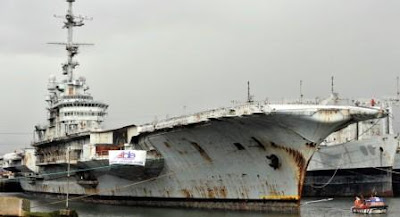Dear (s)
A few more hours to go – it is time to rollick and celebrate. Before we (in India ) could do that people of Kiribati
In the Central Pacific Ocean with corals lies the Caroline Island , also known as Millennium Island UK in 1868 and has been part of Republic of Kiribati
The celebrations around the World are far varied and widespread. In Australia Taiwan New York
People venture to islands, go for sky walk, para glide, plan their party in Ships, night time bash in star hotels charging differently for couple and stags and champagne might flow unabated, hearing DJs blare favourtie tunes, dance floors with celebrities, .. Revelries, dance, consuming whatever one desires, being with whomsoever they adore, making merry – all are individual’s wish and reach. Enjoy and make merry – it is individual desire and way of reacting to events.
BUT in Chennai (would be similar in many other places as well) -
At midnight, group of youth would gather on roads, drink, drive crazily, shout and sometimes disturb, annoy, rattle, enrage and even cause harm to others………. What is this about and what would this merriment provide to any body ? Everybody knows that drunken driving causes majority of accidents during New Year Eve and most claims are viewed with suspicion by the Insurers when they are reported closer to New Year.
The City Police keeps a big patrol on road. Nearly 10,000 police personnel would be deployed on security duty for New year celebrations in the city. As the metropolis geared up for celebrations of the ushering in of 2011, the City Policy had a consultative meeting with Hotel owners urging to take measures to prevent untoward incidents.
Police Commissioner warned that stringent action would be taken against revellers, if they disrupt public peace and indulge in eve teasing in the guise of celebrations. Some too unsavoury incidents took place a few years back in Mumbai beach on New year Eve. Do you know that anyone measuring 30 ml/gm of alcohol can be booked, as per law.
As a large number of people would throng the beach front, traffic restrictions and changes would be imposed in the Marina
A showcause notice was issued and investigations were on – whatever could be the reasons and whoever to blame – the loss of life at a prime age could easily have been avoided is to be accepted by all.
So, Welcome to New Year 2011 – enjoy and make merry – be cautious on thy self and care for others also.
Regards – Sampathkumar S








